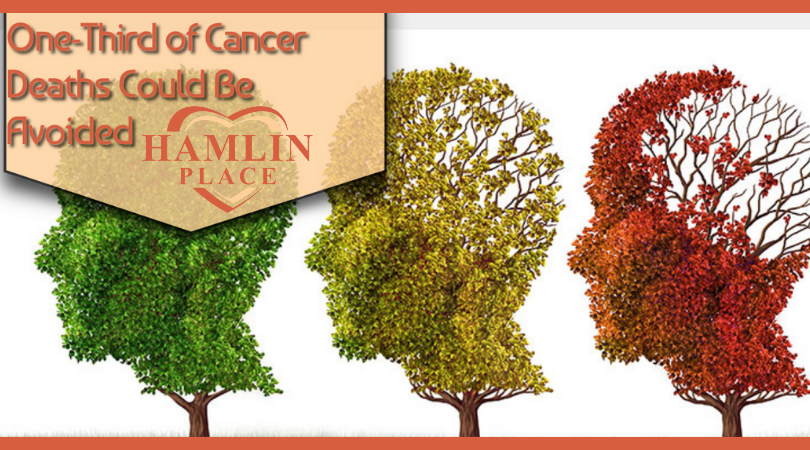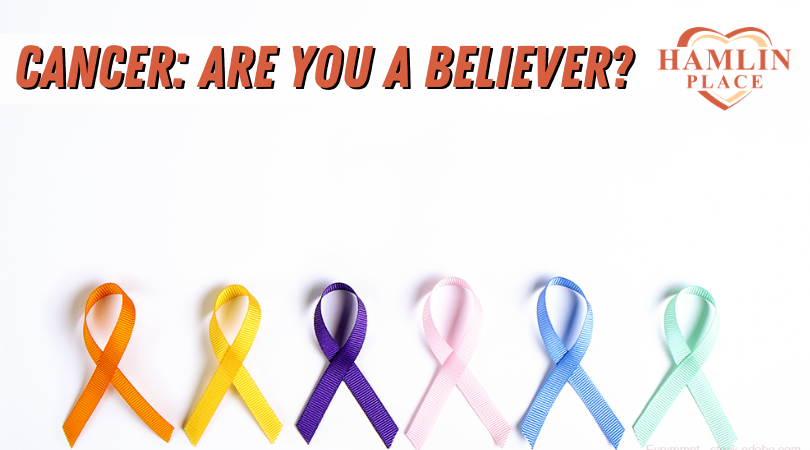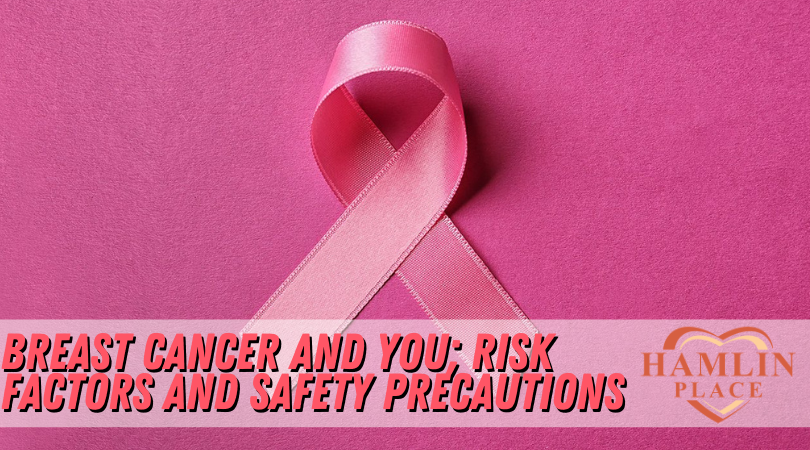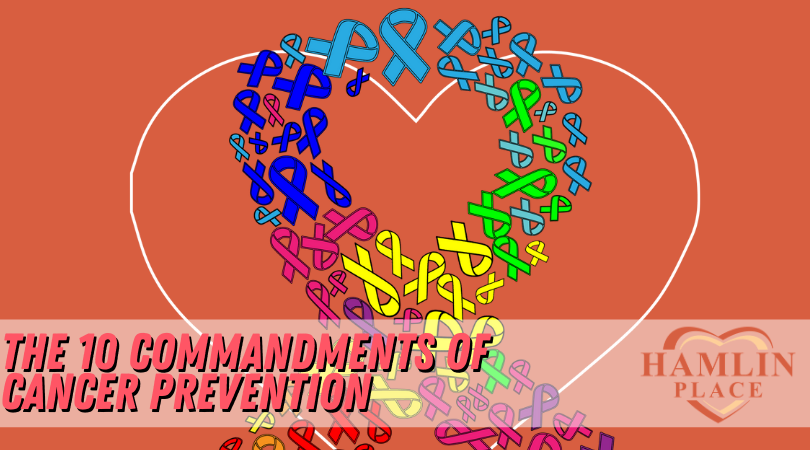
One-Third of Cancer Deaths Could Be Avoided
Of the seven million worldwide cancer deaths reported in 2001, 35 percent were attributable to nine well-known behavioral and environmental risk factors, according to an analysis published in The Lancet.
Researchers from the Harvard School of Public Health (HSPH) and a network of collaborators calculated by estimating mortality for 12 types of cancer linked to the nine risk factors in seven World Bank regions for that year.

They also looked at how the risks, and the cancers they cause, were distributed over the regions of the world. This is the first assessment of the role of health risks in cancer deaths globally and regionally.
Risk Factor Analysis
The researchers analyzed data from the Comparative Risk Assessment project and World Health Organization databases to determine the level of risk factors in different world regions, and separately for men and women.
They also considered how hazardous each risk factor might be. The analysis covered all high-income countries together and separated low-income and middle-income countries into geographical regions: East Asia and Pacific, South Asia, Europe, and Central Asia, Latin America and Caribbean, Middle East and North Africa, and Sub-Saharan Africa.
The nine risk factors:
overweight and obesity
low fruit and vegetable intake
physical inactivity
smoking
alcohol use
unsafe sex
urban air pollution
indoor smoke from household use of coal
contaminated injections in healthcare settings
Alcohol, Smoking Play Large Roles
More than one in every three of the seven million deaths from cancer worldwide were caused by these nine potentially modifiable risk factors (2.43 million), the researchers found, with alcohol and smoking playing large roles in all income levels and regions.
Worldwide, the nine risk factors caused 1.6 million cancer deaths among men and 830,000 among women. Smoking alone is estimated to have caused 21 percent of deaths from cancer worldwide.
In high-income countries, these nine risks caused 760,000 cancer deaths. Smoking, alcohol, and overweight and obesity were the most important causes of cancer in these nations.
In low- and middle-income regions, the nine risks caused 1.67 million cancer deaths. Smoking, alcohol consumption, and low fruit and vegetable intake were the leading risk factors for these deaths.
Sexual transmission of human papillomavirus is the leading risk factor for cervical cancer in women in low- and middle-income countries, particularly in Sub-Saharan Africa and South Asia, where access to cervical screening is also limited.
Among low- and middle-income regions, Europe and Central Asia had the highest proportion of death from cancer from the nine risk factors studied; these risks caused 39 percent of 825,000 cancer deaths in the low- and middle-income countries of Europe and Central Asia.
The effects were even larger among men; these nine risks caused one-half of cancer deaths among men in the low- and middle-income countries of Europe and Central Asia.
Behaviors and Environments
“These results clearly show that many globally important types of cancer are preventable by changes in lifestyle behaviors and environmental interventions,” comments Majid Ezzati, senior author of the study and assistant professor of international health at HSPH.
“To win the war against cancer, we must focus not just on advances in biomedical technologies, but also on technologies and policies that change the behaviors and environments that cause those cancers,” he adds.
The study, “Causes of cancer in the world: comparative risk assessment of nine behavioral and environmental risk factors,” was funded by the National Institute on Aging and by the Disease Control Priorities Project.












